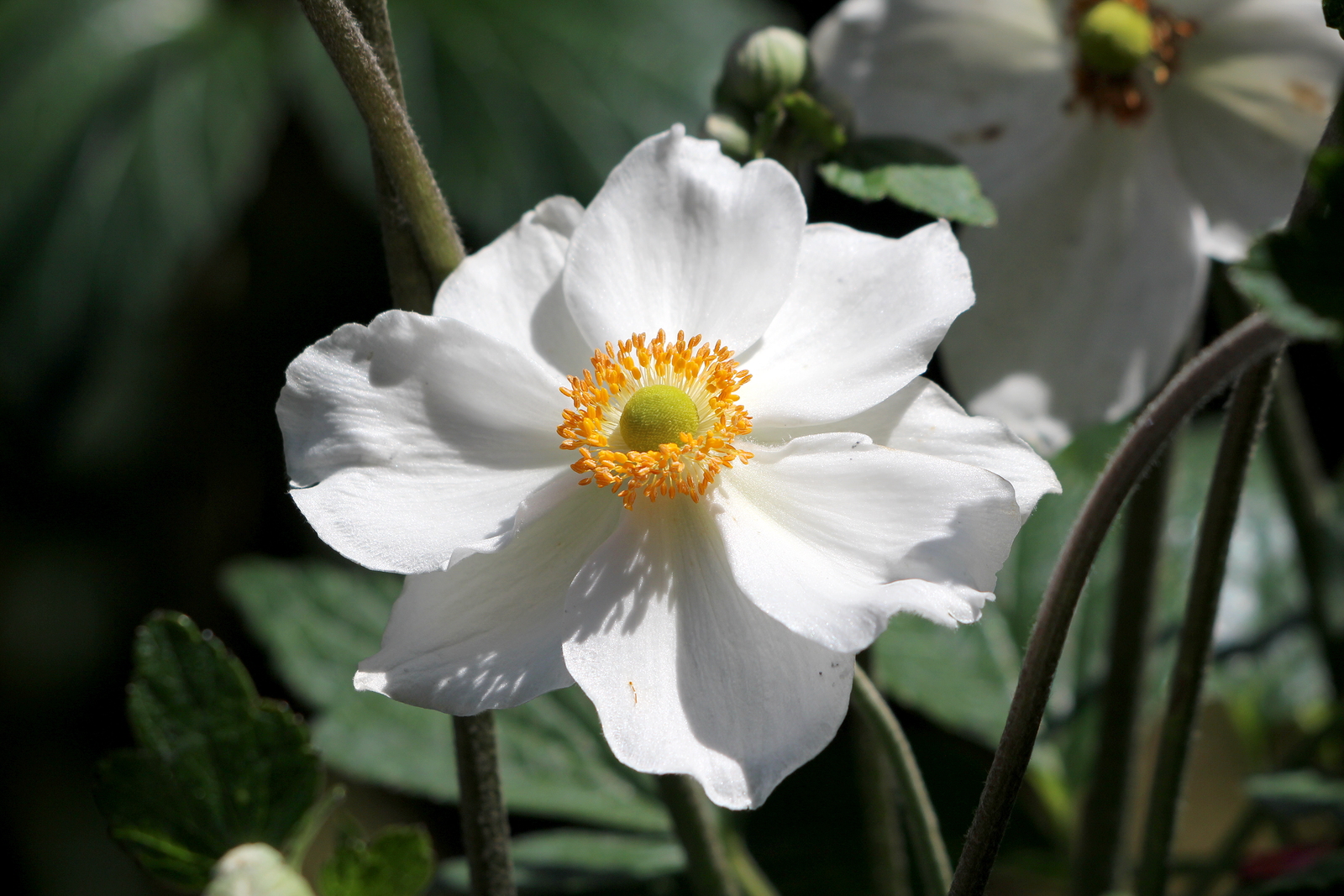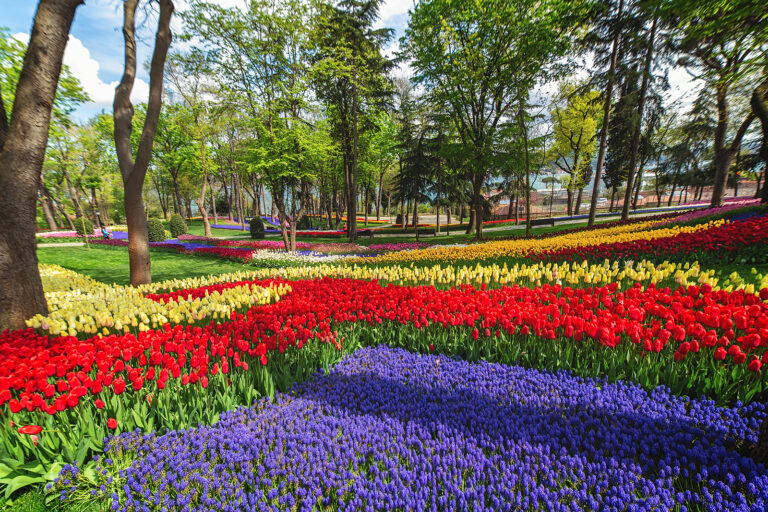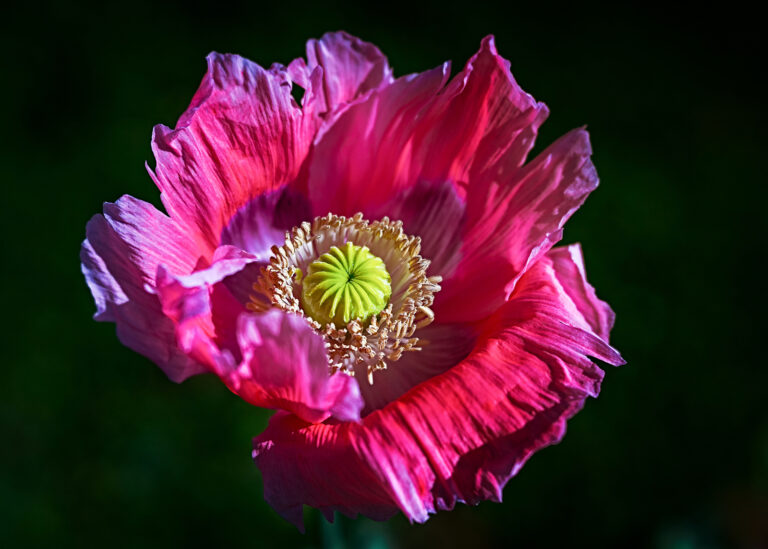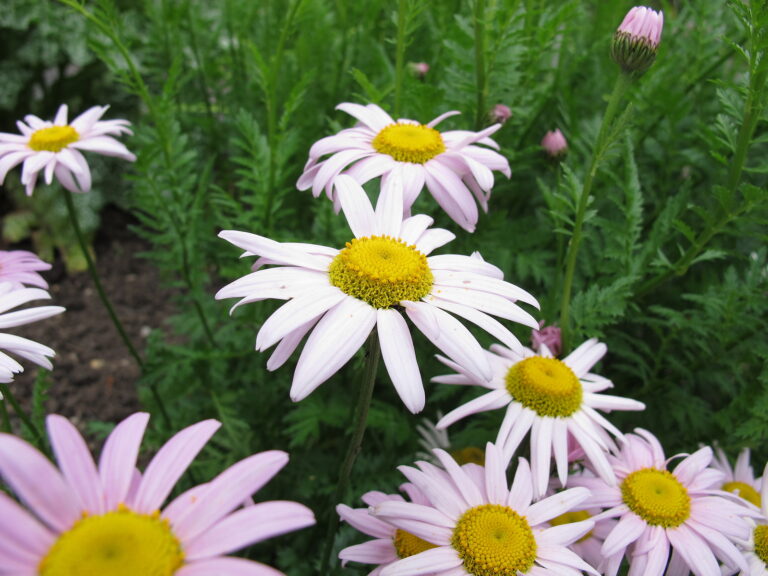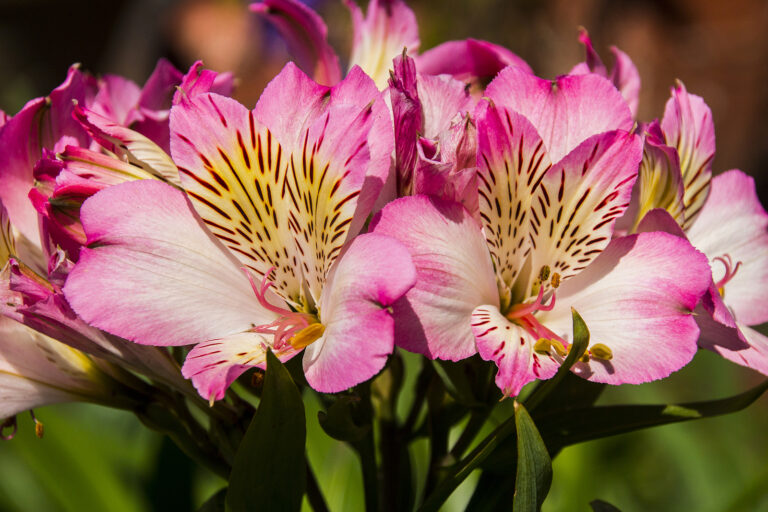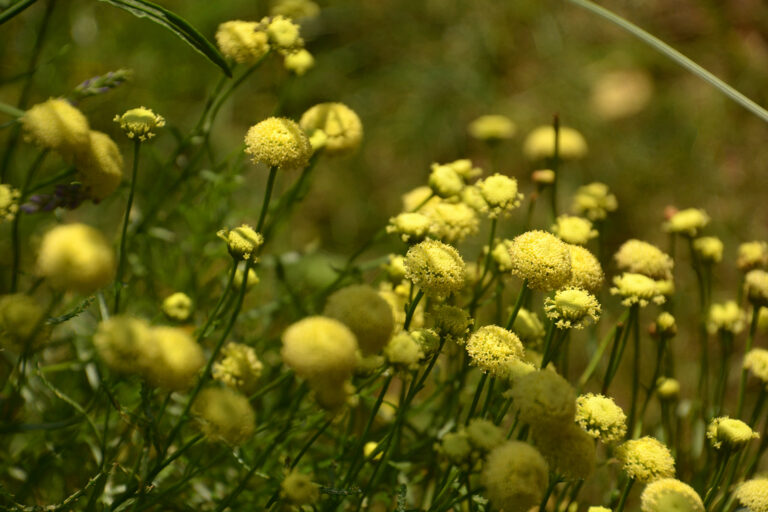How to Grow Windflower — Anemone
Anemone–commonly called windflower–is an upright perennial with divided, dark green basal leaves. Windflowers produce large daisy-like flowers, some double, from late summer to early fall. Windflowers arise from corms and are slow spreading.
Anemone is suitable for the border, wild garden, or rock garden. The most popular types are the autumn-flowering, fibrous-rooted Japanese Anemone, and there are spring-flowering, tuberous-rooted Poppy Anemone.
Anemones are beautiful in the border when naturalized, the graceful flowers on slender stems rising above sturdy clumps of good-sized leaves. They should be planted in moist soil, rich in hums in a rather shaded portion of the border.
Never allow Anemone to dry out in summer; frequent watering and a mulch of decayed leaves will increase the beauty of the flowers. The clumps with their fibrous roots may be increased by division in spring, although plants resent disturbance.
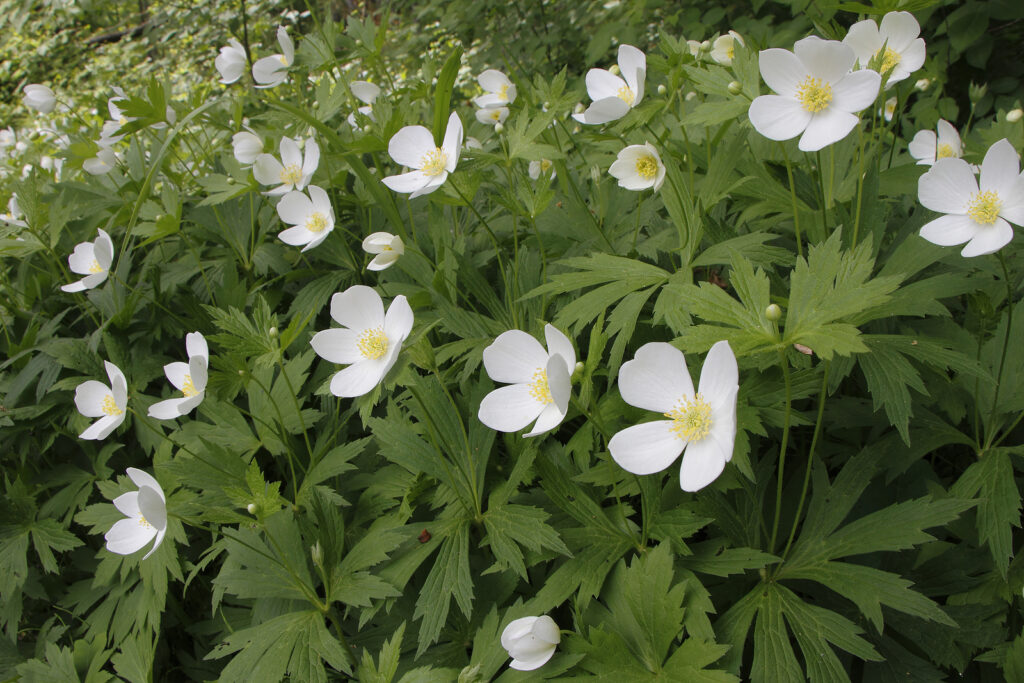
Get to know Anemone
- Plant type: Tender or hardy perennial
- Growing Zones and range: Hardy to -20°F (-29°C); Zones 4 to 10
- Hardiness: Half-hardy; varies by species
- Height and width: 6 to 36 inches (15-91cm) tall and wide, some larger
- Foliage: Dark green deeply veined leaves are lobed like maple leaves and toothed
- Flowers: Open saucer-shaped to shallowly cup-shaped flowers, each with a central boss of stamens
- Flower colors: White, yellow, pink, red, violet-blue, lavender, or rose; some have black centers, others yellow.
- Bloom time: Spring, but some bloom in summer
- Uses: Plant in mass, cut flower
- Garden companions: tulips, daffodils
- Common name: Windflower
- Botanical name: Anemone spp.
- Family: Ranunculaceae
- Origin: Wide range of habitats in temperate regions worldwide
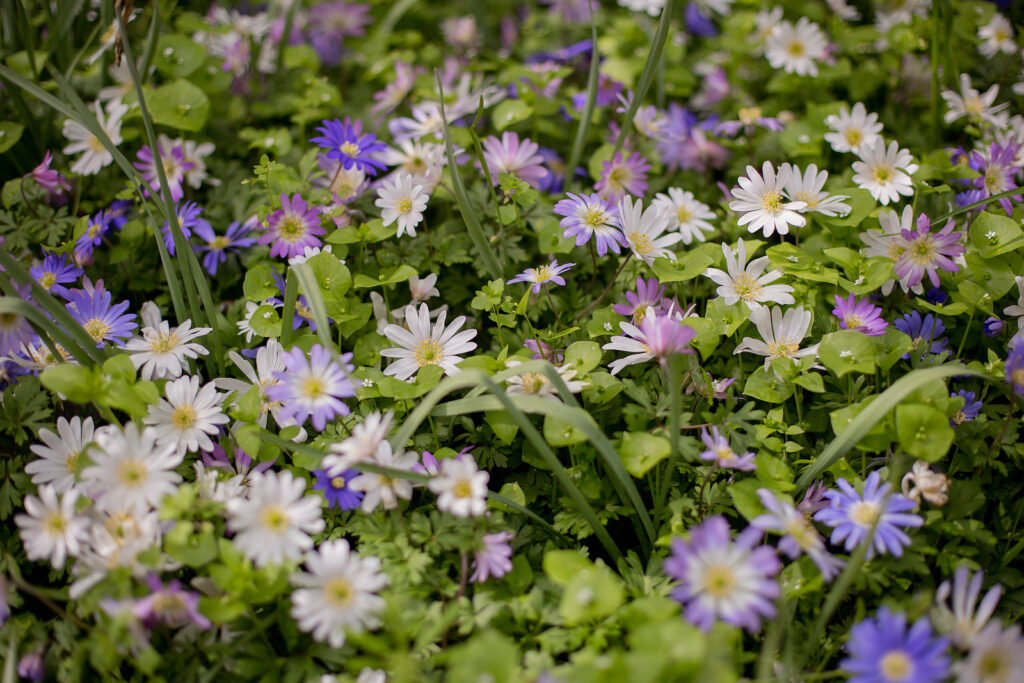
Where to plant Anemone
- Plant Anemone in full sun to light shade, preferably dappled with not midday sun in Zones 6-9.
- Grow Anemones in humus-rich, well-drained soil.
- Anemone prefers a soil pH near 7, neutral.
Anemone uses and companions
- Add Anemones to formal and informal gardens.
- Large species are ideal for a border. Use smaller species in a woodland or rock garden.
- Good companions include Aconitum, Asters, Bergenia, Hosta, Physostegia virginiana, and ornamental grasses.
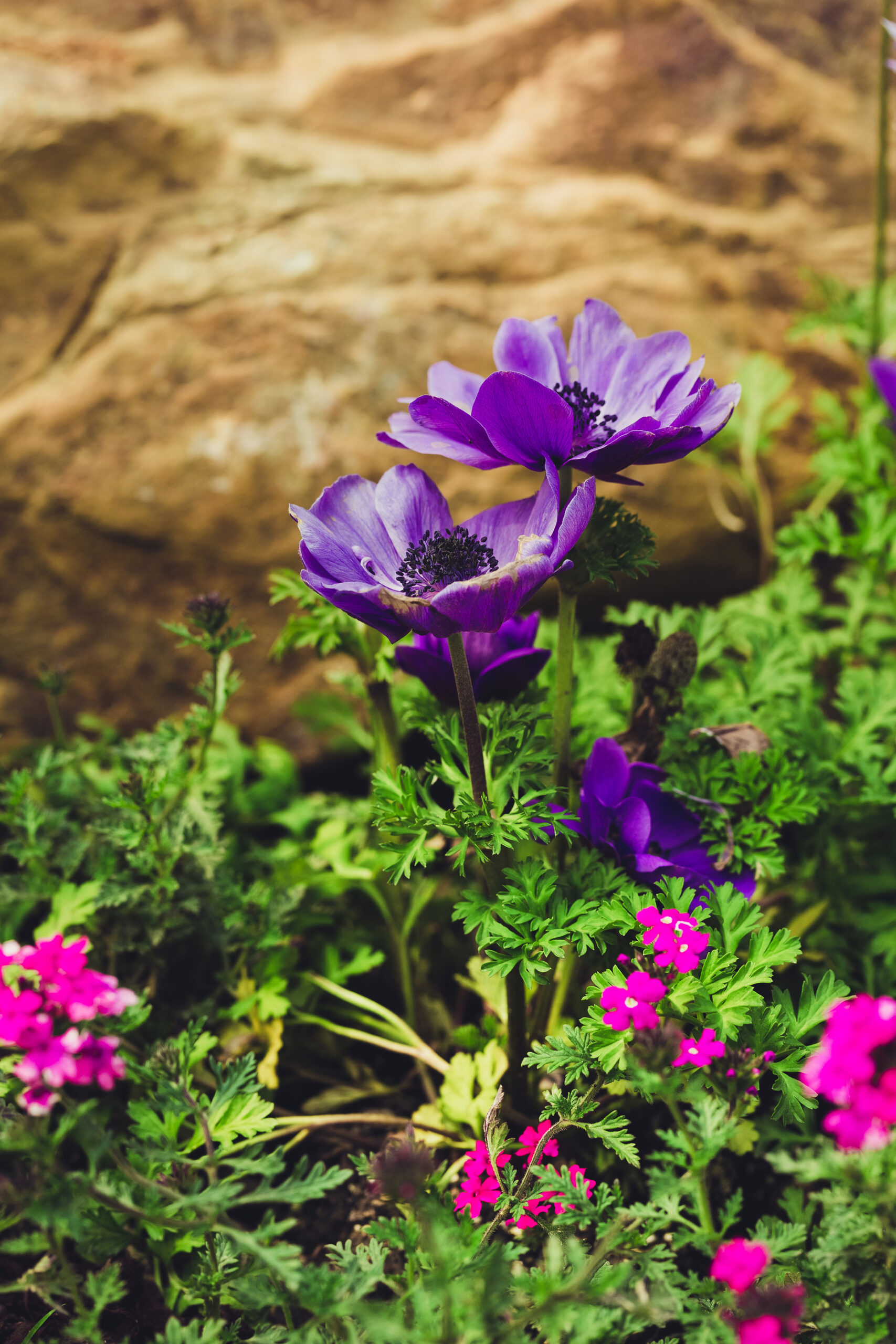
When to plant Anemone
- Anemones are grown from tubers or seeds.
- Plant tubers 3 to 4 inches (7.6-10cm) deep in Zones 4 to 5 in spring a few weeks before the last frost. In Zones 6-9, plant tubers in late autumn.
- Soak tubers in water overnight before planting.
- Start seeds indoors 3 to 4 weeks before the last frost in spring.
- Start seeds outdoors in spring after all danger of frost is past; germination is irregular; some seeds may not germinate the first year.
- Plant tubers outdoors in spring after the last frost.
- Set container-grown plants outdoors after the threat of frost has passed; harden off plants before setting them in the garden.
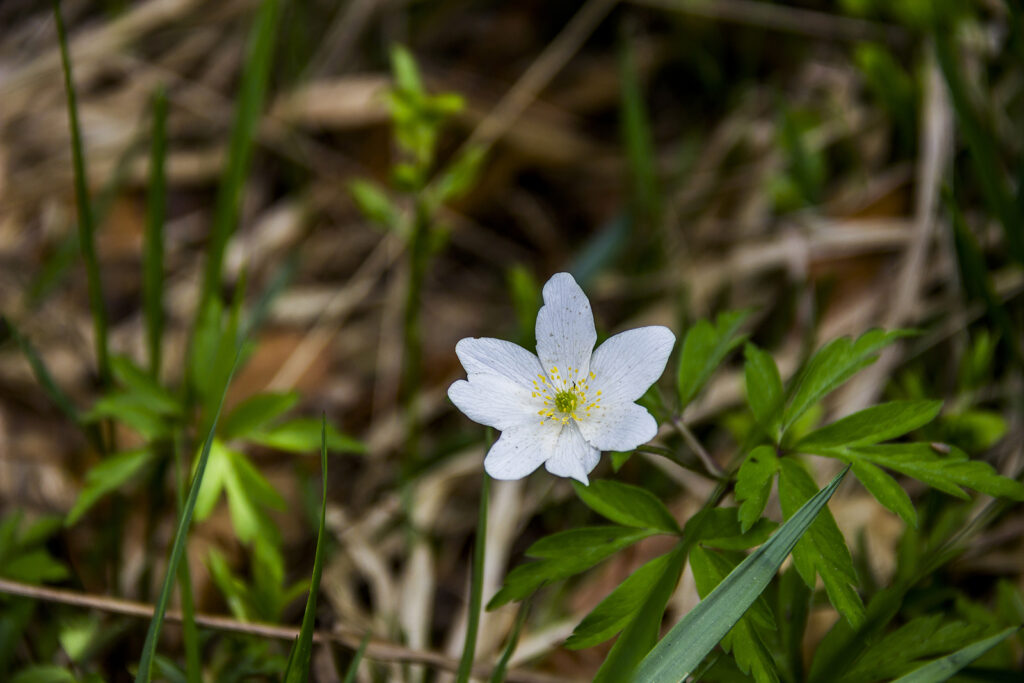
Planting and spacing Anemone
- Cover Anemone seeds planted indoors or outdoors with not more than 1/8 inch of soil; germination will occur in 5 to 6 weeks at 60°F (15.6°C).
- Plant tubers outdoors after soaking them overnight in water; plant tubers in spring after all danger of heavy frost passes. Plant tubers 3 inches (7.6cm) deep.
- Space Anemones 6 to 36 inches (15-91cm) apart depending on the variety.
How to water and feed Anemone
- Anemones need ample water; keep the soil evenly moist.
- Fertilize Anemones at planting time. Side-dress plant with a light sprinkling of all-purpose flower fertilizer; do not over-fertilize; too much nitrogen will burn plants.
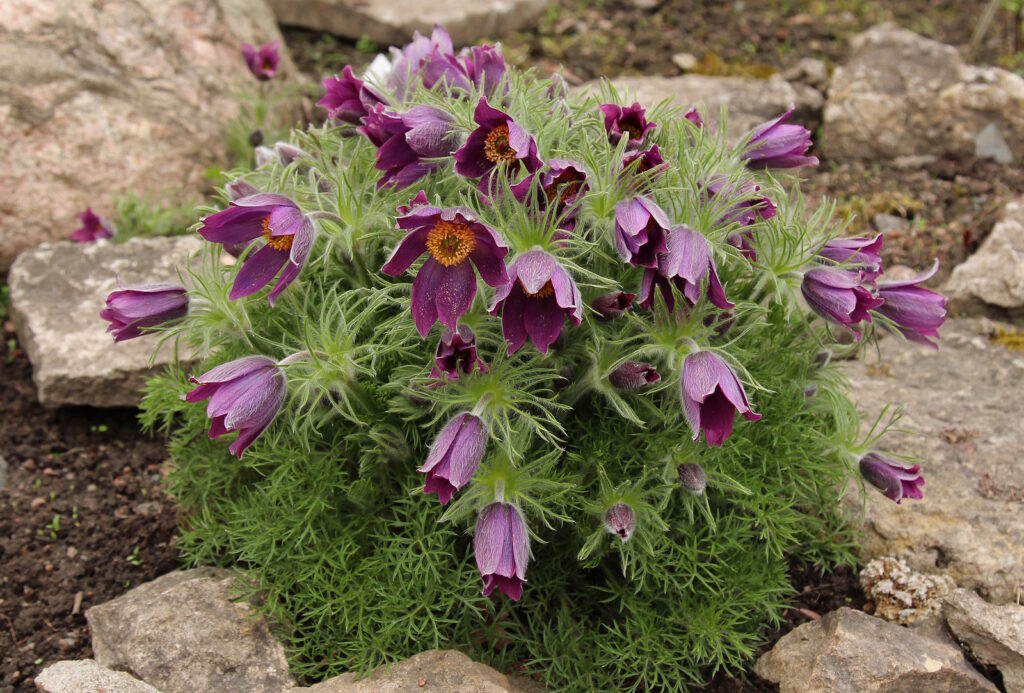
Anemone care
- Mulch around Anemones to conserve soil moisture.
- Remove faded flowers and yellowed leave; cut off stems of fall-blooming anemones after flowering time is finished.
- Anemone coronaria tubers should be lifted in the fall and dried and stored indoors. Lift tubers after the leaves turn yellow. Replant the tubers in spring.

Anemone common problems
- Anemone are susceptible to downy mildew, leaf and stem smut, Septoria leaf spot, powdery mildew, and rust.
Anemone propagation
- Take root cuttings of autumn-flowering anemones in spring and replant them.
- Divide Anemones with running roots (rhizomes) in spring or fall. Replant divisions immediately.
- Separate tubers of tuberous species in summer when dormant.
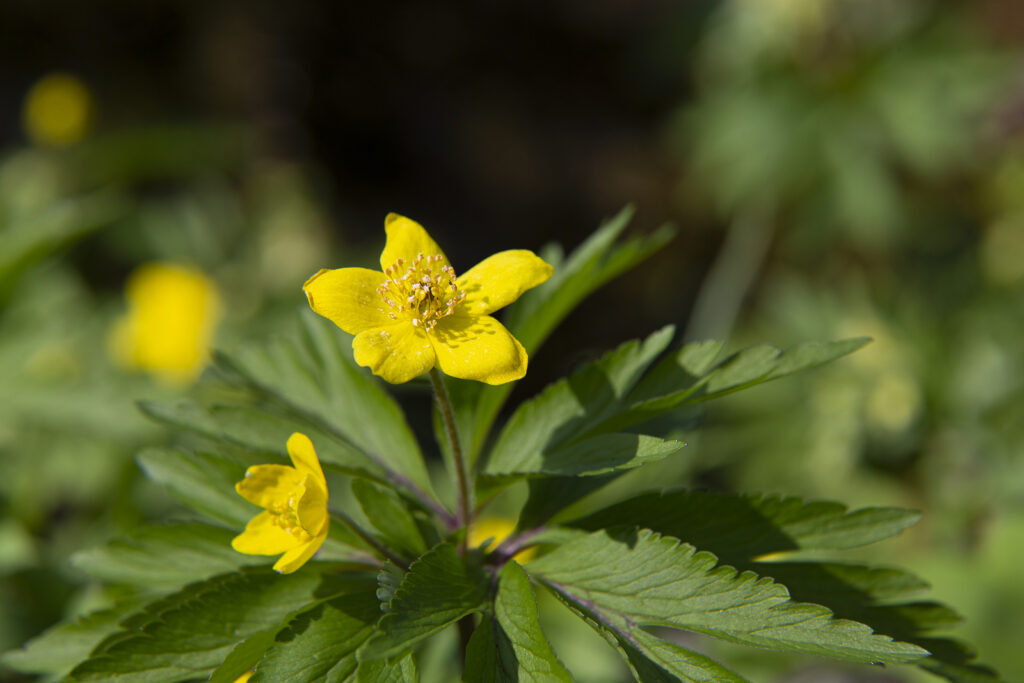
Anemone varieties to grow
- Anemone blanda, Grecian windflower is hardy in Zones 4-8; grows 3 to 6 inches (7.6-15cm) tall; ferny foliage with blue, white, or pink flowers; this species is best grown in masses in partial shade.
- A. canadensis, Meadow anemone. Grows to 24 inches (61cm) tall; bears white 2-inch (5cm) flowers in early spring; best in Zones 4-8.
- A. coronaria, Poppy anemone. Tender perennial with large poppy-like flowers; grows best in Zones 6-9; ‘De Caen’ and ‘St. Brigid’ are popular hybrids.
- A. hupehensis, Chinese anemone, A. hupehensis var. japonica, Japanese anemone. Blossoms resemble single roses; clusters of pink, white, or rose flowers on 20-inch (50cm) stems in autumn; best in Zones 5-8.
- A. x hybrida, Japanese anemone. Vigorous anemone grows to 5 feet (1.5m) tall; bears 3-inch wide flowers in umbels of pink and white from summer to midfall; best in Zones 4-8.
- A. nemerosa, wood anemone. Vigorous plant 4 to 8 inches (10-20cm) tall; bears white, pale pink, or lavender-blue flowers in spring.
- A. pulsatilla, Pasque flower. Grows to 6 inches (15cm) tall with red, white, or violet flowers in spring; has silvery, feathery seed heads.
- A. ranunculoides, butter-cup anemone. Very similar to A. nemerosa.
- A. sylvestris, snowdrop anemone. Grows to 12 inches (30cm) tall with clusters of white and gold flowers above ferny leaves; grows best in Zones 4-8.
- A. tomentosa, also A. vitifolia, grape-leaf anemone. Grows to 36 inches (.9m) tall with white flowers; best in Zones 4-8.

